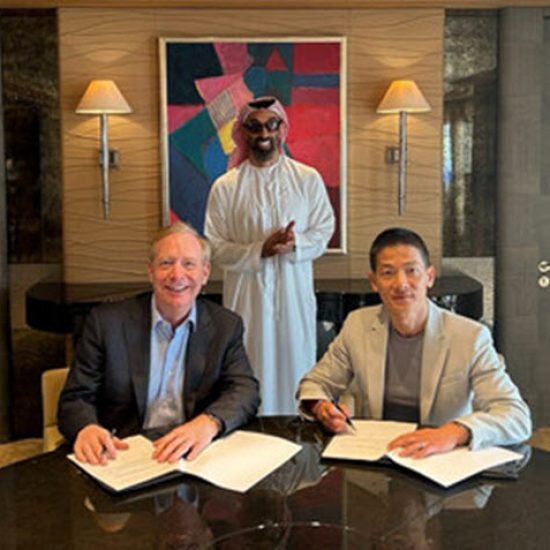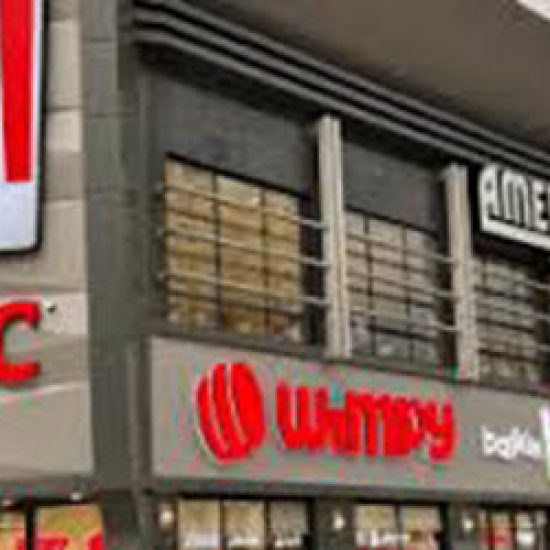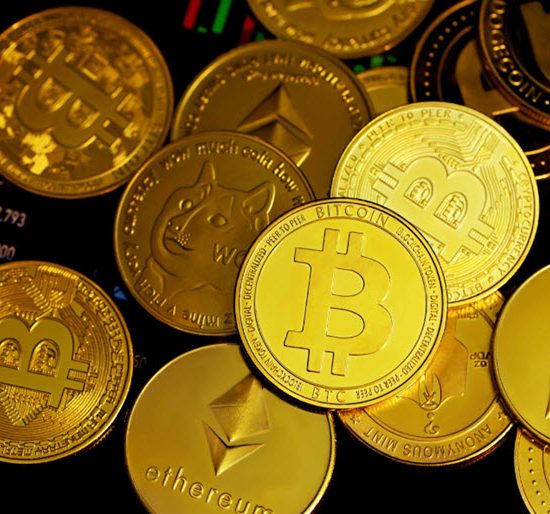 Asian oil refiners are facing slumping profits as China is expected to ramp up exports of diesel and gasoline this quarter.
Asian oil refiners are facing slumping profits as China is expected to ramp up exports of diesel and gasoline this quarter.
The margin from refining diesel in Asia has fallen almost 10 percent in the last 10 trading days, although it would have to drop another 13 percent to plumb the levels reached just after the first quarter, when the Chinese were last major exporters.
While Chinese refiners are likely to add significant volumes to the product markets, they are also likely to buy more crude in order to boost runs rates, and as new refining units come on stream.
This could have the double-whammy effect of increasing crude prices as Chinese demand rises, while cutting refining margins as China’s extra oil imports return to the market as refined fuels.
China’s top refiners, Sinopec Corp and PetroChina, have been granted export permits for the fourth quarter that are likely to result in a surge of diesel and gasoline exports.
Sinopec received quotas totalling 3.5 million tonnes and PetroChina 2 million tonnes, according to a research report from Barclays on Oct. 25.
However, not all of the quota may be used, with Sinopec expected to export about 300,000 tonnes of diesel a month from October to December, according to a Reuters report on Oct. 23, which cited industry sources..
Nonetheless, it appears certain that Chinese refiners will increase exports in the fourth quarter, making it harder for Asian refiners to sell excess diesel output.
Even the Reuters estimate would take China back towards levels of diesel exports last seen during the first quarter, when monthly exports averaged about 344,000 tonnes.
Chinese diesel exports hit Asian refining margins in the first quarter, with the crack spread between Singapore diesel and Dubai crude dropping from a peak of $21.86 a barrel on Feb. 19 to a low of $13.86 on April 30.
As Chinese export volumes dissipated from June onwards, the crack recovered, reaching $19.67 on July 22.
Softer Asian and European demand has since seen it drift lower to $16.02 on Oct. 25, but the risk is the crack has further to fall.
This is especially the case as the main export market for Asian diesel, namely Europe, is also targeted by rising U.S. and Middle Eastern exports.
U.S. exports of diesel surged to 1.38 million barrels per day (bpd) in July, a record high, while the 400,000 bpd export-orientated Jubail refinery in Saudi Arabia started shipping cargoes in September.
China’s diesel exports are likely to be between about 74,000 bpd and 118,000 bpd in the fourth quarter, depending on whether Sinopec uses all of its quota.
This would be significantly higher than the 22,600 bpd of diesel exported in the third quarter and possibly above the 86,000 bpd from the first quarter.
Gasoline exports may also increase as both PetroChina and Sinopec will have the ability to increase shipments, although here the margins are already substantially weaker than they are for diesel.
The crack, or difference between Singapore 92-octane gasoline and Brent crude GL92-SIN-CRK, was $3.03 a barrel on Oct. 25, down 82 percent from its 2013 peak of $16.98 on July 15.
The Chinese have been consistent gasoline exporters this year, although it’s perhaps no coincidence that the high for the crack this year occurred in the same month that China’s exports were the lowest in six months.
China exported about 117,600 bpd of gasoline in the third quarter, which may rise by as much as 50,000 bpd if both major refiners use their full quotas.
However, the financial incentive for doing so is weaker, meaning they may choose to stockpile additional gasoline output that can’t be sold in the domestic market.
The higher fuel export quotas and the start-up of at least two new refining units virtually guarantee China’s crude oil imports will remain near the record 6.25 million bpd hit in September.
November imports should total at least 24 million tonnes, equivalent to 5.84 million bpd, according to Thomson Reuters Oil Analytics, which monitors cargoes.
This would be the fourth-highest monthly total on record, in terms of tonnes.
It also means that China’s refinery operating rates are likely to rise from the 9.5 million bpd they averaged over the first three quarter of 2013, with the oil analytics team estimating fourth quarter throughput at 10.1 million bpd.
What is occurring in China currently is that the refiners are believed to be under some pressure to use the new capacity they have built, but domestic demand growth has lagged refinery expansions.
The profit margin for a refinery in Singapore using Dubai crude was $2.82 a barrel on Monday, down from $8.33 in mid-June and below the 365-day moving average of $6.37.
With the granting of fuel export permits, the authorities are encouraging the use of new capacity, a decision that comes at the expense of other refiners in Asia.-Reuters


![dubai flood is artificial rain behind uaes rare torrential weather[1]](https://thearabianpost.com/wp-content/uploads/2024/04/dubai-flood-is-artificial-rain-behind-uaes-rare-torrential-weather1-e1713378975696-550x550.jpg)


![2022 09 27T183330Z 84178340 RC2RJV9S1G6M RTRMADP 3 SAUDI POLITICS[1]](https://thearabianpost.com/wp-content/uploads/2024/04/2022-09-27T183330Z_84178340_RC2RJV9S1G6M_RTRMADP_3_SAUDI-POLITICS1-e1712223217759-550x550.jpg)

